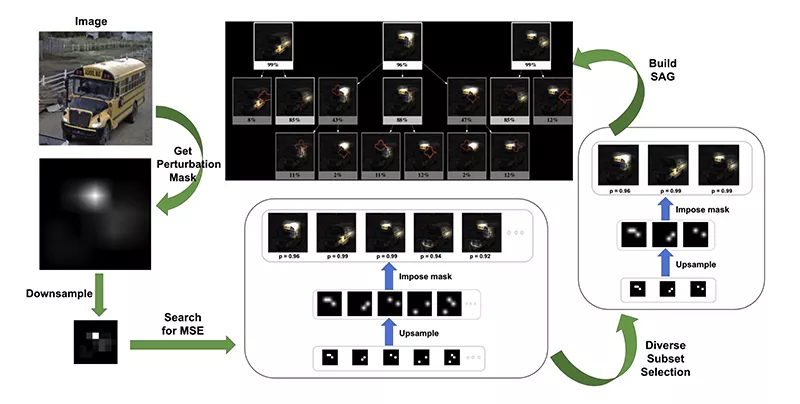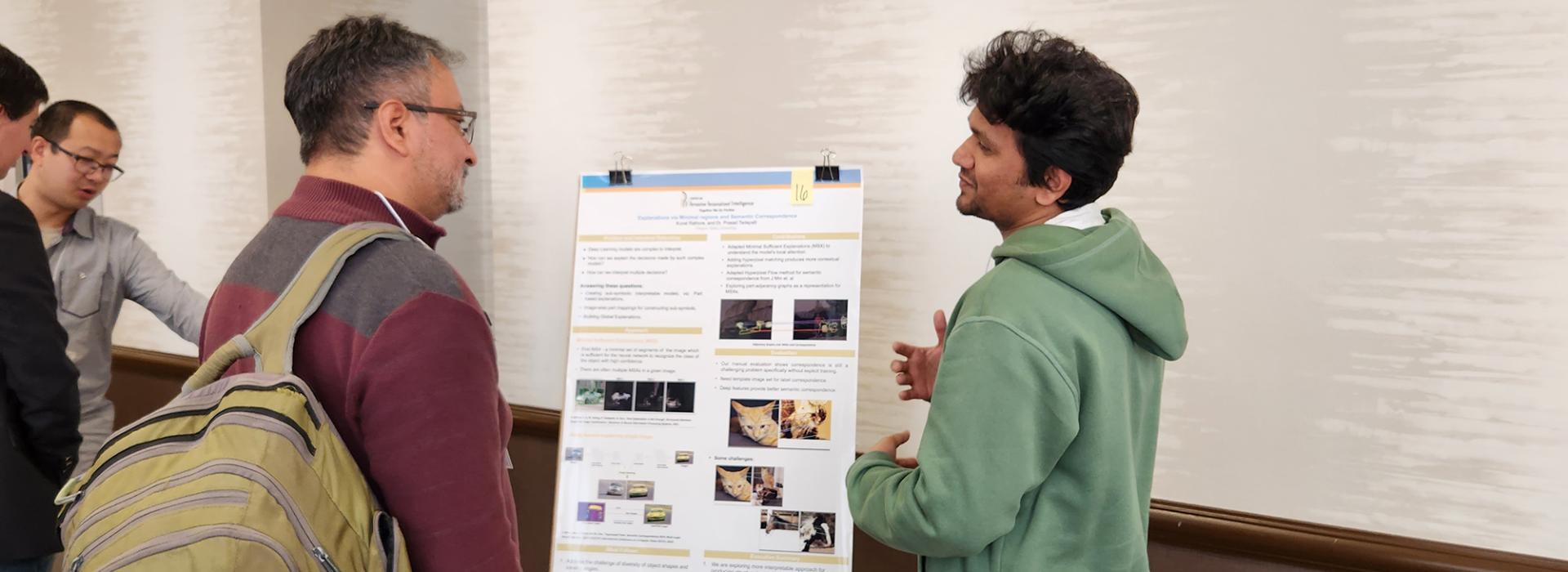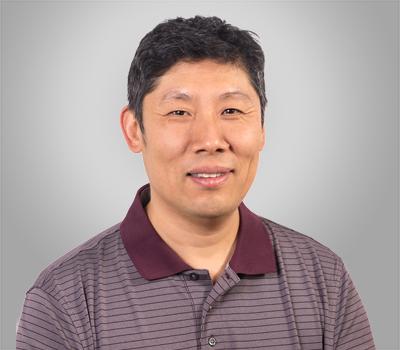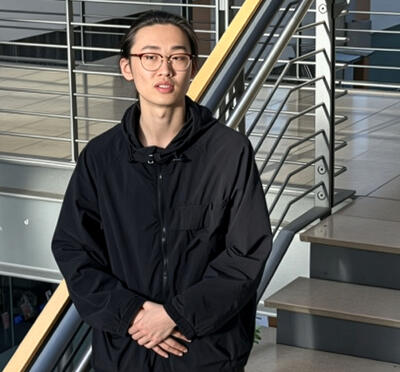Supporting growth in Internet of Things systems is the primary thrust of the NSF-funded Pervasive Personal Intelligence Center. Started just over 2 1/2 years ago, the PPI center, led by the University of Colorado Boulder, includes Oregon State University and, soon, Oakland University. Involving seven faculty members and 13 graduate students thus far, the PPI center supports growth in IoT systems that push Pervasive Personalized Intelligence to the edge of the network, where minimizing latency is critical. Mobility, privacy, and context awareness are essential to an entirely new class of applications with intelligence that is predictive instead of reactive.
Industry-leading members of the PPI center include Intel, NEC, Trimble, and Ford Motor Co. Representatives from these companies form the center's industrial advisory board. They allocate funding for collaborative projects in the IoT space. Undertaken as open-source, non-proprietary research, the work is done purely for the advancement of science. Yet, in the end, the relationships, collaborations, and access to highly competitive students and faculty hold the biggest value for member companies. The center’s proximity to Portland and Seattle makes the center an accessible resource.
The Oregon State site of the PPI is headed by professors of computer science Weng-Keen Wong and Eugene Zhang.
Wong touched on some of his current work in correlation change point detection. In a fascinating, statistics-based opportunity for machine learning, he described this focus as simply looking at how correlations between two things change over time. “Before the pandemic, you wouldn't expect stocks for Zoom and Clorox to be correlated. Yet with the pandemic, they are. We are applying this kind of analysis to many other types of data, especially data from sensors,” he said.
Another Oregon State project centers on explainable AI. Led by Prasad Tadepalli, professor of computer science, this research improves the ability of systems to recognize structured objects and make explainable decisions. Computers often make decisions in ways that don't match how humans think. Being able to work backward and better understand how and why computers arrive at certain conclusions, and then to translate that to humans in an explainable way is the goal. To learn more about his work in explainable AI, read a recent interview with Tadepalli.

the concept of structured attention graphs is introduced. SAGs are a new way to compactly represent sets
of attention maps for an image by visualizing how different combinations of image regions impact the
confidence of a classifier. The steps for generating a SAG from a given image are illustrated in the example
above (top middle).
Wong expressed additional enthusiasm over the future of the PPI center with the potential addition of Oakland University to the group. “Their involvement opens up a new set of potential projects involving IoT for cars, smart energy, and other things related to autonomous vehicles,” he said, ”There are a lot of interesting connections and possible collaborations.”
Industry partners can get involved in the center's projects by executing a membership agreement. Member contributions directly fund research, with the NSF supporting project administration, faculty, and travel. This model has advantages over other industry-university partnership models burdened by high overhead costs.
The PPI center funds pre-competitive research, which includes basic research relevant to industry. Under the terms of the membership agreement, PPI-funded research is open source and researchers are able to publish their findings in academic journals.
Of course, the real prize for industry goes well beyond the intellectual property equation: It's working with industry-ready students, already focused in their fields. Competition for top talent in the tech industry is at an all-time high, and with a lot of the talent heading south toward Silicon Valley, the PPI is a critical resource for the Pacific Northwest. Regionally-based tech companies can find a rich talent pool in the Oregon State PPI site.
For a deeper dive into some of the research being done at the PPI center, review the following academic publications:
- Dinkins, T., Bhattacharyya, S., Chatterjee, S., Reis, S. and Wong, W-K. (2022). Towards Explainable Precision Changepoint Detection through Linear Decomposition. In Proceedings of the 2nd ANDEA (Anomaly and Novelty Detection, Explanation and Accommodation) Workshop, in conjunction with the 28th ACM SIGKDD Conference on Knowledge Discovery and Data Mining.
- Rahurkar, P. S., Olson, M. L. and Tadepalli, P. (2020). Human Adversarial QA: Did the Model Understand the Paragraph? In Proceedings of the 2020 NeurIPS workshop on HAMLETS: Human and Model in the Loop Evaluation and Testing Strategies.
- Shitole, V., Li, F., Kahng, M., Tadepalli, P. and Fern, A. (2021). One Explanation is Not Enough: Structured Attention Graphs for Image Classification. NeurIPS 2021: 11352-11363.
If you’re interested in connecting with the AI and Robotics Program for hiring and collaborative projects, please contact AI-OSU@oregonstate.edu.
Subscribe to AI @ Oregon State






